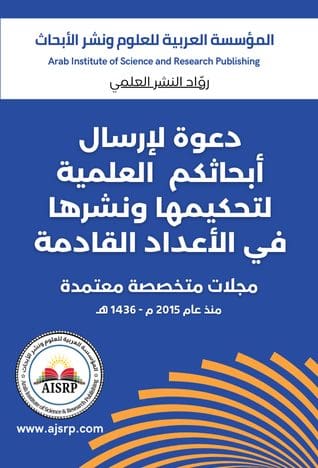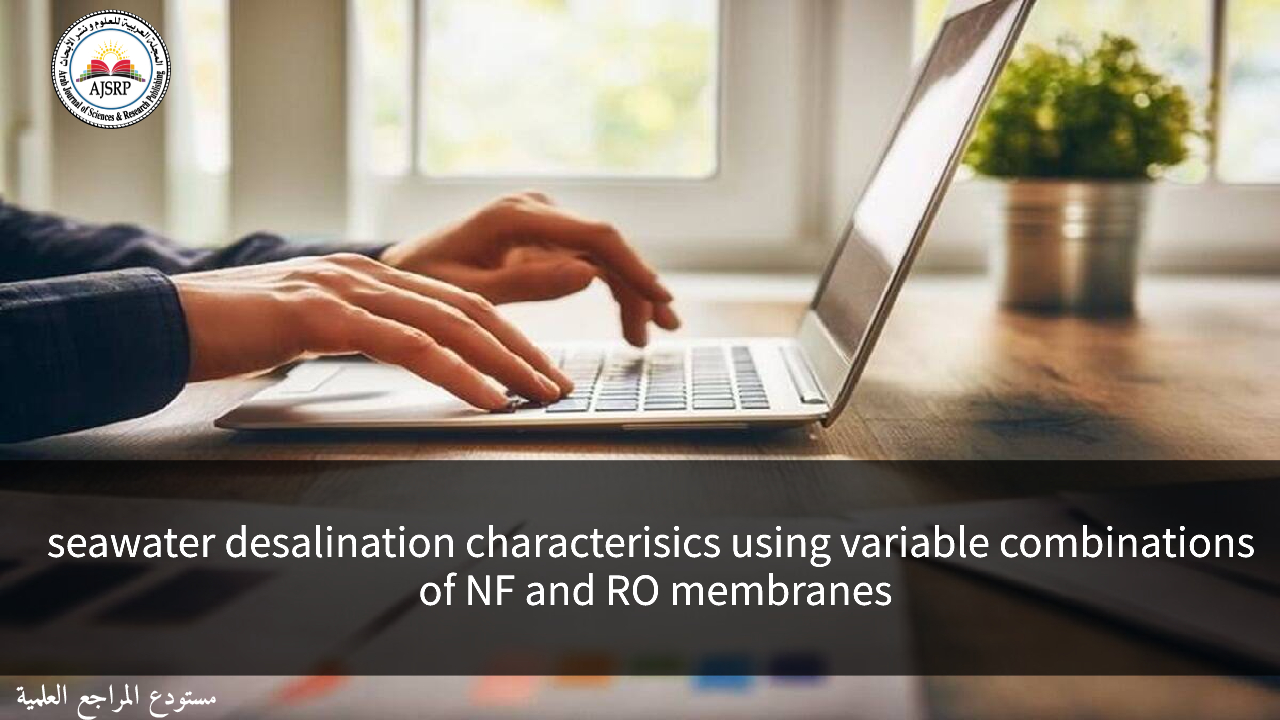seawater desalination characterisics using variable combinations of NF and RO membranes

تأليف: fahid rabah(مشرف):: redwan husain abu krayeem(اعداد)
اللغة: إنجليزي
النشر: غزة ( فلسطين ):المعد 2016
المكان: خانيونس-مكتبة الجنوب المركزية-مجموعات خاصة/خـانيونس
النوع: رسائل جامعية
عدد الصفحات: 115
المواضيع: hydraulic engineering:: water resource engineering:: الهندسة المائية
رقم التصنيف: 627
الرقم العام: 1343213
العنوان : seawater desalination characterisics using variable combinations of NF and RO membranes
ABSTRACT
Gaza Strip is considered one of the poorest and most limited water resources area in the region.
RO desalination technology is strongly recommended and considered as a strategic alternative to meet the future needs of water for the Strip. The shortage of energy source becomes a big constrain facing desalination plants. Nanofiltration technology with less operation pressure, high flux and high rejection rate of salt ions can save energy and cost of desalination.
The main goal of this research is to investigate seawater desalination characteristics using variable combination of NF and RO membrane to save energy consumption. Three types of spiral wound modules of (2.5″) including nanofiltration membrane (NF90 2540), RO seawater membrane (SW30-2540) and RO brackish water membrane (BW-2540) were variably installed in a pilot desalination unit.
A series of experiments were carried out varying the applied pressure and flow rate from both feed seawater and brine recirculation to identify the best combination of NF and RO membranes in desalination process in terms of Specific Energy Consumption (SEC) of one cubic meter of permeate.
A combination of six RO seawater membranes in series as a first pass of desalination at 60 bar pressure followed by one NF membrane as a second pass of desalination at 10 bar pressure achieved the lowest SEC value (7.94 kW/m3) and the obtained Cl concentration in permeate is (9 mg/l). The second lowest SEC value (9.23 kW/m3) was obtained when six NF membranes in series was used as a first pass of desalination at 37 bar pressure followed by one NF membrane as a second pass of desalination at 30 bar pressure.
The obtained Cl concentration in permeate is (225 mg/l). In other hand, the recovery rate obtained from using one NF membrane with 87% brine recirculation ratio, is equivalent to that of using fife elements in series in one vessel without brine recirculation.
Accordingly, NF membranes as well as brine recirculation should be used in desalination process in Gaza Strip.

[embeddoc url=”https://ajsrp.com/wp-content/uploads/2021/11/seawater-desalination-characterisics-using-variable-combinations-of-NF-and-RO-membranes_compressed.pdf” download=”all” viewer=”google”]





